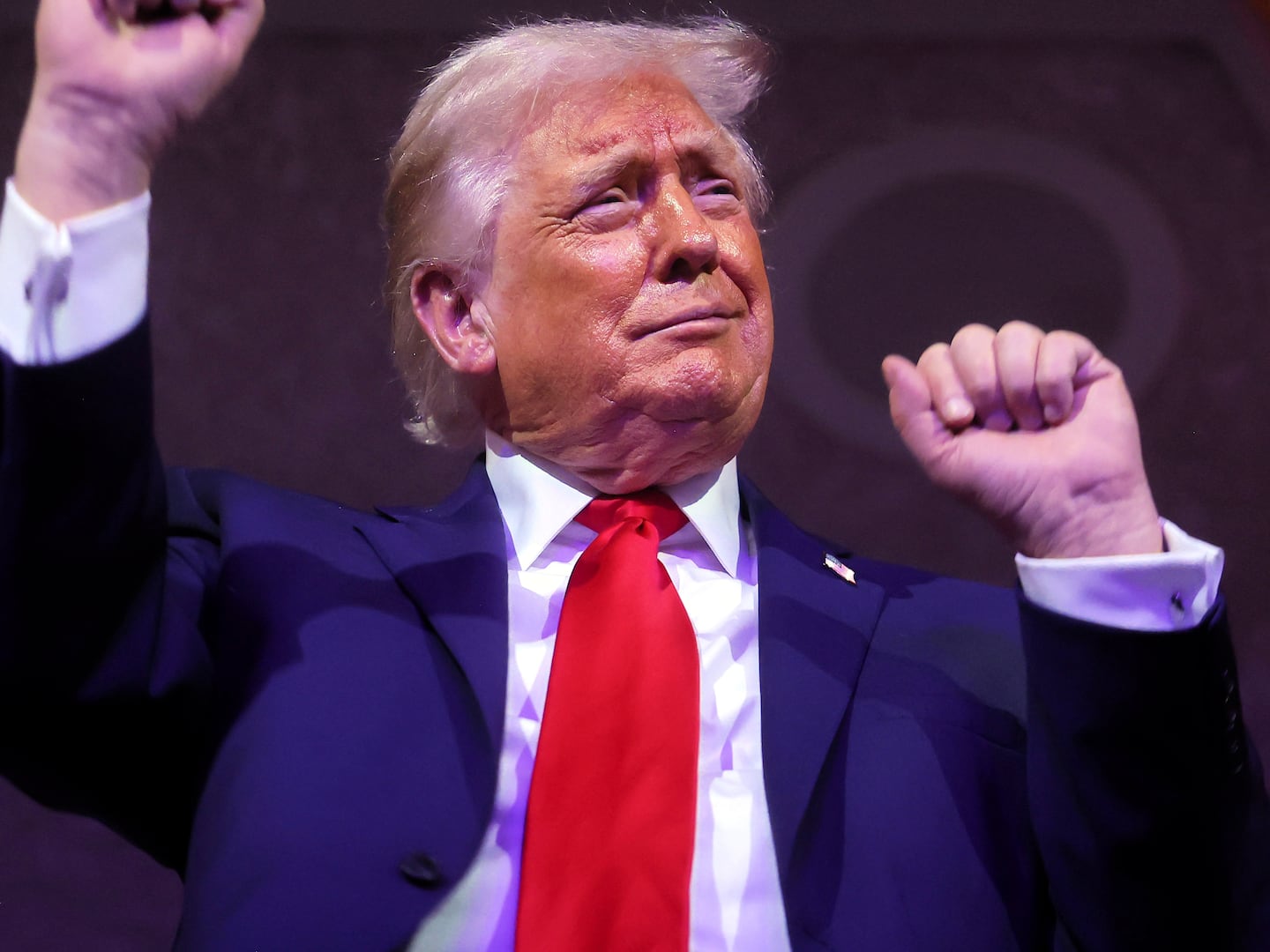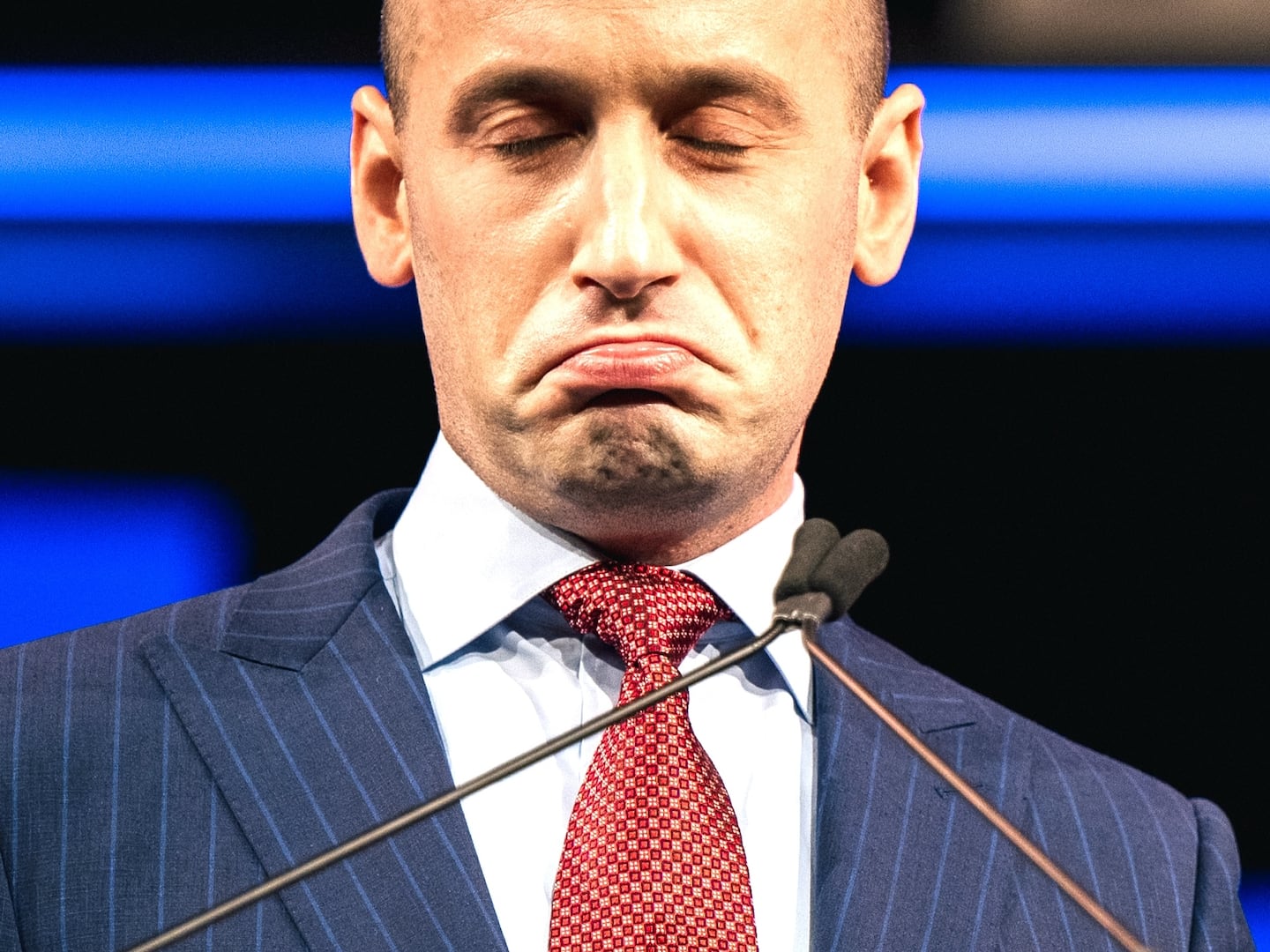There is one more aspect of the digital future that is potentially troubling: the lack of competition in the broadband business—the pipeline that brings the Internet to us.
The proposed merger of the largest and second-largest broadband providers (Comcast and Time Warner Cable), which was blocked by the FCC, raised the specter of a single provider controlling 40 percent of all high-speed broadband in the United States. For the usually passive FCC, even that was a bridge too far.
Comcast had made the argument that since each company operated a de facto monopoly in the individual cable markets they serve, their merger would not change the competitive environment for the individual consumer. While it is true that a broadband duopoly—one cable provider and one telecommunications company—is standard in most major markets, it should not be cause for celebration.
This situation means that we have slower broadband service and pay higher prices for it than almost any developed country in the world. We also lag behind 21 countries in the adoption of fiber-optic technology.
Since 2013, at the Annenberg Innovation Lab, we have had a chance to see what really fast broadband looks like. And no, we don’t have to travel to Seoul, South Korea, to experience the future. We go to Chattanooga, Tennessee, where we can test applications at one gigabit per second over the EPB fiber network.
EPB stands for the Electric Power Board of Chattanooga, a municipally-owned utility. And now the company is deploying ten-gigabit-per-second service. The EPB’s story points us toward a future in which we may no longer have to worry about a broadband duopoly.
A few years ago the folks at Volkswagen told the Chattanooga city fathers that they would like to build a high-tech auto plant in their city. There was only one problem: the city sits in the middle of Tornado Alley, and the electricity goes out several times a year during big storms. Since the plant was going to be highly roboticized, electrical outages would be particularly problematic. So the EPB promised to build a smart grid so that when a tree fell on the wires on Flynn Street, only Flynn Street would go dark, because the smart grid would route power around the trouble.
So they built the smart grid, Volkswagen built its plant, and the plant hasn’t had any downtime. But once EPB had strung fiber-optic cable on every lamppost in town, it realized that each of these posts stood less than one hundred feet from a home to which the company could sell broadband service—and there were at least fifty thousand of these homes.
Comcast, the local incumbent, tried to sue EPB and stop them in the Tennessee legislature. Once the EPB started advertising “the fastest broadband in Chattanooga,” Comcast sent the company cease-and-desist letters, suggesting that its own network could provide service at one hundred megabits per second if there were only one person on the line. So the EPB improved its service to one gigabit per second, and the cease-and-desist letters stopped. Now the EPB is gaining market share for its $70 monthly plan, which gives consumers one-gig broadband speed plus TV service. Comcast is losing market share with its old-fashioned cable broadband product.
Why is this story important to our country’s technological future? Because it’s emblematic of what can happen when true competition is ignited in the broadband market.
In early 2014 the new FCC chairman, Tom Wheeler, released a statement on “open Internet” rules in the wake of a federal court decision on network neutrality. In a section on enhancing competition, he wrote, “One obvious candidate for close examination [is] legal restrictions on the ability of cities and towns to offer broadband services to consumers in their communities.”
In the federal court case, Verizon v. FCC, Judge Laurence Silberman suggested that the FCC’s primary obligation was to promote competition and remove barriers to infrastructure investment. Those barriers have been constructed by cable-company and telecommunications-company incumbents and their lobbyists, who have persuaded about 20 state legislatures to pass bills restricting municipalities from entering into the broadband market. Judge Silberman described these laws as providing “an economic preference to a politically powerful constituency, a constituency that, as is true of typical rent seekers, wishes protection against market forces.”
So the scrappy folks at EPB proposed to expand their fiber-optic service to the surrounding counties, but AT&T got its lobbyists at the Tennessee state legislature to pass a bill saying that municipally owned utilities could not compete with private firms such as AT&T and Comcast in the provision of broadband. Remarkably, the FCC agreed with the EPB and issued a preemption order, which barred the Tennessee legislature from blocking the EPB. And then of course the Tennessee attorney general sued the FCC. The FCC and EPB lost the first round in Federal District Court. I suspect the battle will go on for a while, because monopolists hate the idea that a small city could start its own network.
But as an observer from California who has visited Chattanooga seven times in five years, I can see how truly fast broadband can transform a town. Chattanooga was one of those Southern cities that got screwed by globalization. The Brookings Institution reported, “With its extensive railroads and river access, Chattanooga was at one time the ‘Dynamo f Dixie’—a bustling, midsized, industrial city in the heart of the South. By 1940, Chattanooga’s population was centered around a vibrant downtown and it was one of the largest cities in the United States. Just 50 years later, however, it was in deep decline. Manufacturing jobs continued to leave.”
When I first started visiting the city, in 2010, months after EPB had deployed its fiber-optic technology to home networks, the downtown area was still filled with empty factory buildings. In 2016, an incredibly vibrant tech community has filled many of those vacant buildings with open-office spaces for start-ups. The music and film communities are vital, too, and there is a real downtown nightlife with bars and restaurants open late and filled with hipsters. You would think you were in Brooklyn, except the food and music are definitely Southern.
In 2012 at an outdoor music festival, the Annenberg Innovation Lab created a virtual country music duet over two thousand miles of fiber-optic cable. T Bone Burnett performed in my studio at USC, while Chuck Mead performed onstage in Chattanooga.
Excerpted from the book MOVE FAST AND BREAK THINGS by Jonathan Taplin. Copyright (c) 2017 by Jonathan Taplin. Reprinted with permission of Little, Brown and Company. All rights reserved.






